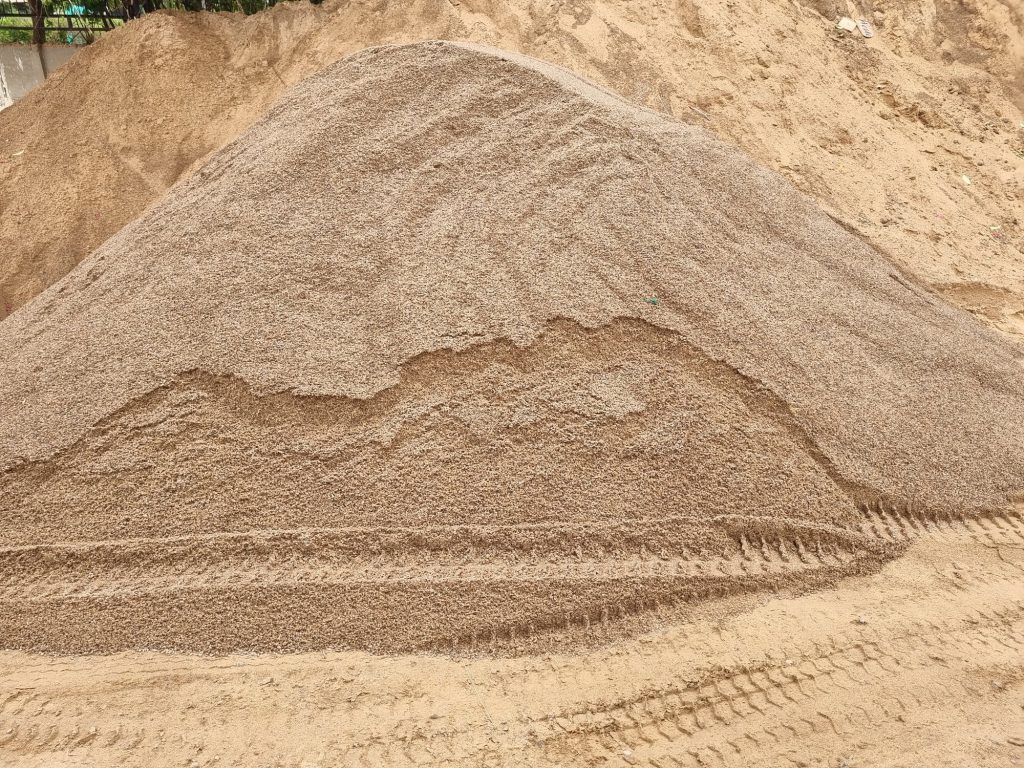The Durability Factor: Enhancing Building Performance and Environmental Conservation
Durability is an essential element for sustainable construction. It helps to ensure that buildings maintain their intended function for a long time. Insufficient durability can result in massive repair and reconstruction expenses and negative environmental effects.
Durability also helps reduce maintenance expenses by decreasing unplanned maintenance downtime. This is crucial when it comes to heavy machinery like cranes.
Importance
One of the main aspects of building performance is how well construction structures and materials resist degeneration. Durability usually consists of many factors including raw material selection the quality of control and design considerations and maintenance practices.
Concrete and steel are extremely durable building materials that can withstand the natural aging of their elements over the course of the course of. Materials used in building can be reused, that helps to ensure sustainability.
Durability and low maintenance can be equated. Concrete buildings require minimal maintenance and can last a long period of time when compared with wooden structures which need to be painted regularly. It is essential to take into consideration the long-term durability of structures since they could reduce annual environmental impacts.

Factors Influencing Material Longevity
The durability of building materials is influenced by numerous elements. It’s challenging to figure out the exact lifespan of the structure based on the materials it is constructed with without specific specifications However, structures with outstanding endurance can last for longer than 30 years prior to when large repairs are required.
The strength of a structure will be determined by the type and the quality of its construction materials as well as the right construction methods. Concrete is an illustration of a substance that is extremely durable when appropriately formulated, placed and cured. Additionally, protections like impressed current cathodic protection could prolong the lifetime of reinforced concrete and steel elements.
It is typically a sign of durability. In the case of exterior siding, for instance, it that needs to be repainted regularly is not as durable as pultruded fiberglass window frames or sash, which need little maintenance to perform their intended role over a longer duration of time.
How do you improve the durability of materials
Building a towering skyscraper or making a piece furniture, durable construction materials allow for long-term use. To ensure the longevity of your products, careful planning and execution are essential. Strategies for durability include:
Integrating durability into product gia da hoc design starting from the very beginning. The modular structure allows parts to be exchanged and repaired. This prolongs the life of products and helps reduce consumption.
Lab tests conducted that replicate life-like aging in order to find issues and strategies. Education of consumers on product endurance to help promote sustainable consumption.
Reduce return rates by reducing the cost of maintenance, and keeping downtime to a minimum to save on operational costs. With the help of durable projects, businesses can reduce loss, boost inventory and allocate resources back to core business. In addition, durable projects reduce the recurring costs, increasing the returns on investment. They help companies reach their financial targets, and maintain long-term business success.
Environmental Impact of Construction Materials
The construction industry uses a lot of resources and produces a lot of debris. Chemicals that are used on construction site, as well as diesel utilized in trucks, diggers and building materials also have environmental effects.
By spreading the upfront impacts of a building for a prolonged period of time sturdy buildings can help reduce environmental impact. Buildings that are durable also require less maintenance which reduces the use of new products and energy.
Natural building materials that are low-impact and can be found near to each other, like timber clay, straw cob, and rammed soil. They tend to be less costly as they do not need huge distances to transport or factories to produce these materials. Recycling them also reduces their impact in the world’s environment.
Maintenance Practices for Construction Materials
Construction equipment requires regular maintenance to ensure safety and effective operation. This includes lubrication to reduce wear and friction, and also calibrating load capacity indicators in order to keep from overloading which can result in accidents and costly damages.
Correct maintenance practices greatly affect durability of the equipment, as in the ROI on trade-in or resale value. Maintenance-free machinery is more efficient and lasts longer, which helps reduce project time and cost.
Most often, the reason for heavy equipment failures is mechanically-induced failure. It can be prevented through regular preventive maintenance checks. Most direct expenses are because of cost of the mechanic in addition to equipment downtime as well as lost production.